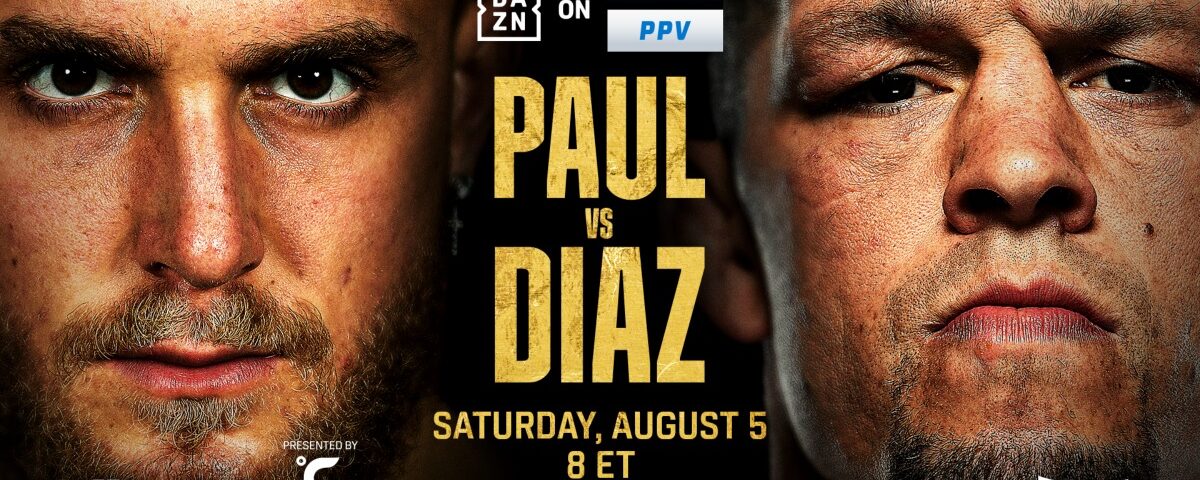The Paul-Diaz Showdown took place on August 5, at the American Airlines Center, Jake Paul and Nate Diaz engaged in a crossover fight that captivated fans globally, merging the worlds of boxing and mixed martial arts (MMA). The announcement of this event stirred up a frenzy of media attention and fan excitement, setting the stage for what many believed would be a historic moment in combat sports.
This clash between Paul and Diaz wasn’t merely a battle of skill and will but a spectacle featuring two of the most captivating and controversial figures in combat sports today. It symbolized a shift in the landscape of combat sports, where traditional boundaries were becoming increasingly blurred. Both fighters brought not only athleticism but also entertainment value and social media savvy to the table, propelling them to stardom.
The anticipation for the fight was palpable as ticket sales soared. Within the first week of going on sale, over 60% of the available tickets were sold out. Premium seating areas, including floor and lower-bowl seats, were in particularly high demand, with more than 90% of them selling out in the initial phase. This surge in ticket sales reflected the immense popularity of the event and the public’s appetite for high-profile crossover battles.
Despite the premium pricing, demand remained strong across all ticket tiers, indicating the eagerness of fans to witness this historic event firsthand. The pricing strategy, ranging from VIP floor seats priced at $3,506 to upper-bowl seats at $61.50, catered to a diverse audience while maximizing revenue potential.
The Paul-Diaz fight wasn’t just another match; it represented a significant moment in the careers of both fighters and in the evolution of combat sports. For Jake Paul, it was a chance at redemption after his first professional loss, while for Nate Diaz, it marked a departure from the UFC after nearly two decades. The success of the event in terms of ticket sales and buzz underscored the growing interest in crossover fights, which challenged traditional norms and brought fresh narratives to the forefront.
Looking ahead, the commercial success and widespread interest in the Paul-Diaz fight hinted at a future where fighter brand, cross-disciplinary challenges, and entertainment value would dominate combat sports. This event served as a glimpse into the future of the industry, where innovation and crossover appeal would shape the direction of the sport. As Paul and Diaz prepared to face off in the ring, they weren’t just fighting for victory but also for the future of an industry undergoing significant transformation.


